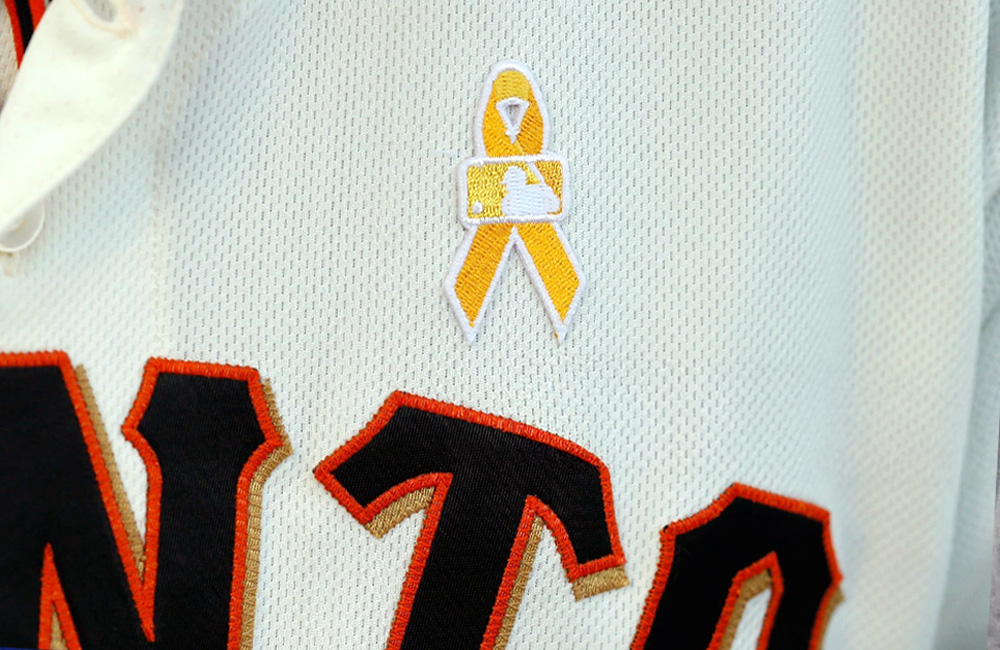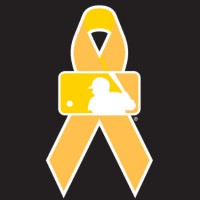
Why are Major League Baseball players wearing yellow ribbons today?
All MLB players, managers, coaches, and umpires will wear gold ribbon patches on their jerseys for all games played today, Sunday, September 7, 2025. They also have the option to wear gold wristbands. Commemorative base jewels and lineup cards will be used across the league.
This leaguewide effort marks MLB’s Childhood Cancer Awareness Day and is part of the MLB Together platform during Childhood Cancer Awareness Month. It is the tenth consecutive season MLB has raised awareness by featuring gold elements on-field during a regular-season game.

Home clubs may also include in-park recognitions: pregame ceremonies, youth participation, mascot and player visits, and other acknowledgements tied to local hospital partners or organizations focused on childhood cancer (such as Stand Up To Cancer, the American Cancer Society, and Starlight Children’s Foundation). Clubs on the road today may select a different home date in September to observe the initiative.
As an extension of MLB’s relationship with Starlight Children’s Foundation, all 30 clubs will receive a Starlight Gaming Handheld, powered by Nintendo, to donate to a local children’s hospital, a pediatric cancer care unit, or a pediatric cancer nonprofit organization. MLB will also host a volunteer event with Project Sunshine for league employees on Wednesday, September 17.

MLB has supported Stand Up To Cancer as a founding donor since 2008, with the league and its clubs pledging more than US$50 million to collaborative research. The Stand Up To Cancer – St. Baldrick’s Foundation Pediatric Cancer Dream Team, launched in 2013, helped pioneer an immunotherapy for a type of pediatric leukemia that is now widely used to treat several types of cancer. MLB has recognized SU2C at its jewel events since the 2009 World Series.
In 2025, nearly 10,000 children under age 15 in the United States are projected to receive a cancer diagnosis. Across all demographics, cancer remains the second-leading cause of death for children ages 1–14. Thanks to advances over the last five decades, the five-year survival rate for childhood cancer has risen to 85% (up from 58% in the mid-1970s).











